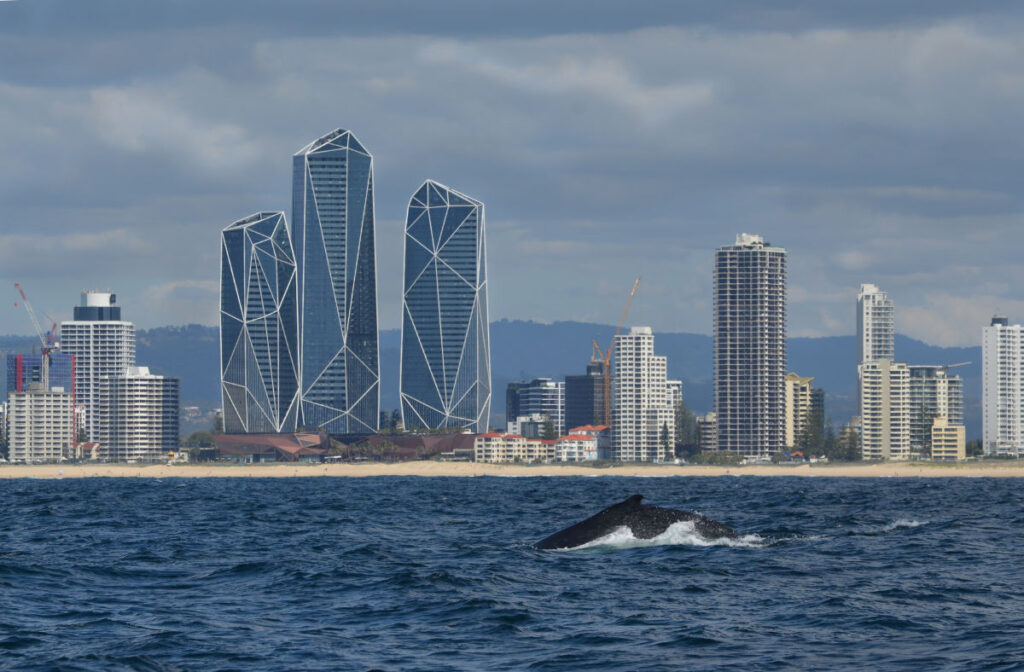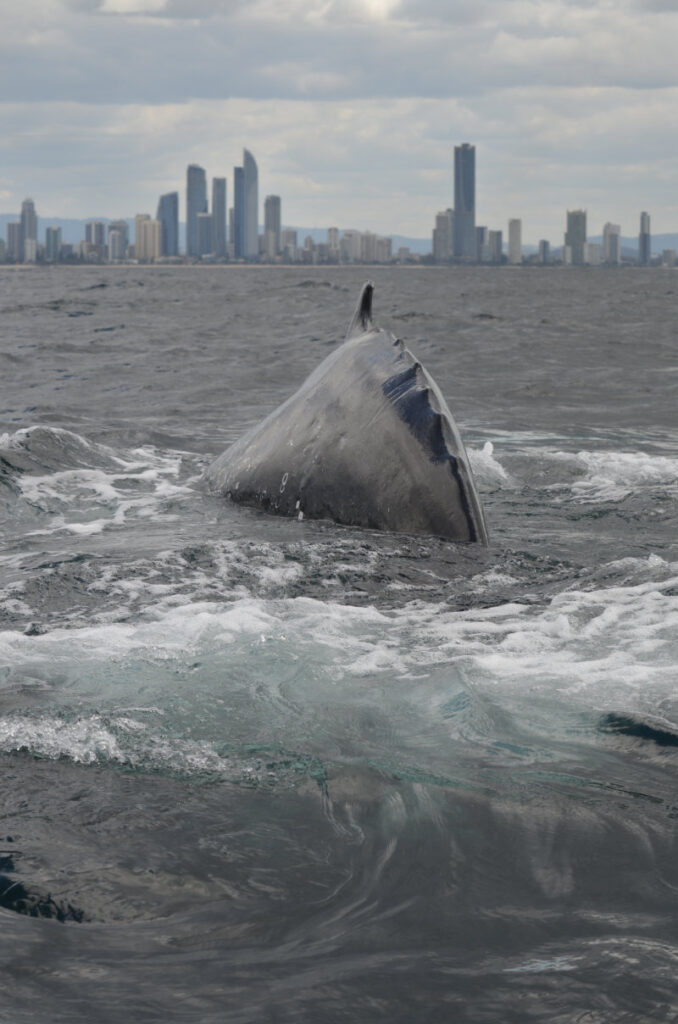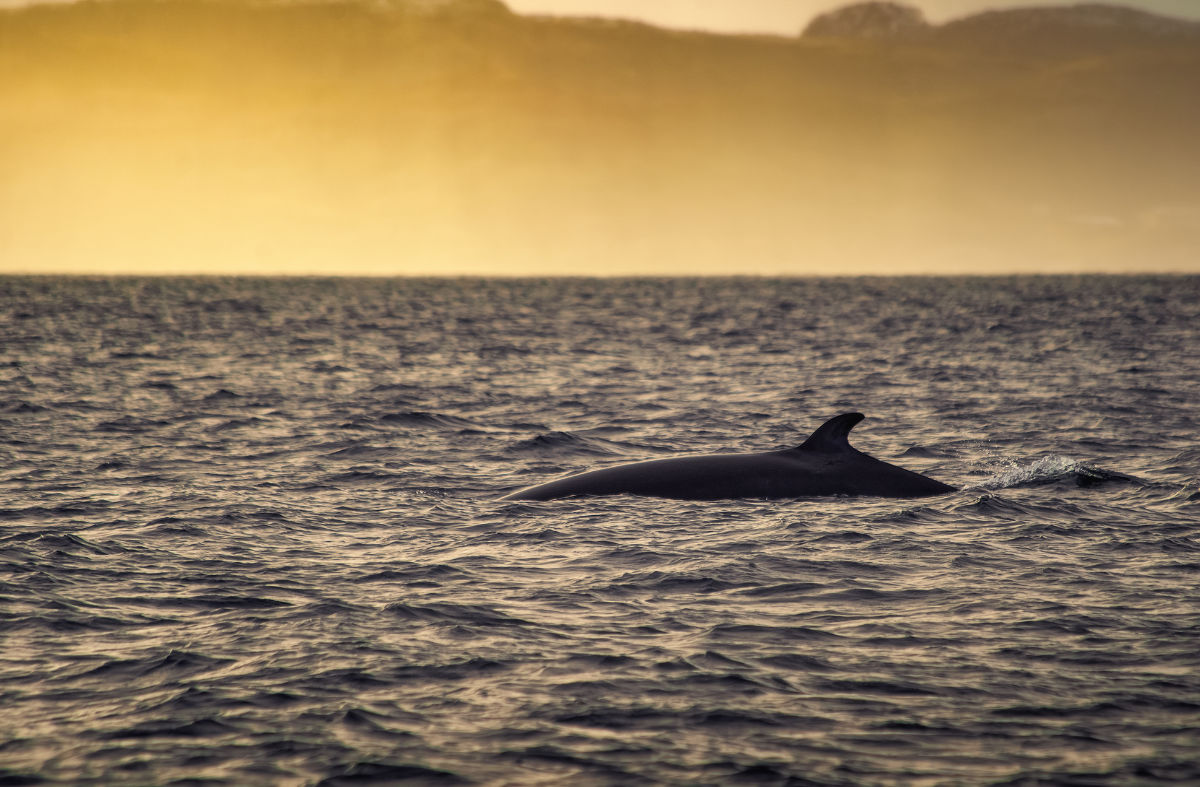Some of the links in this post are affiliate links. This means if you click on the link and purchase the item, I may receive an affiliate commission at no extra cost to you.
Whale watching is a popular outdoor activity in certain months that offers the chance to witness some of the world’s most beautiful, large creatures up close. Whether you’re a seasoned whale watcher or a first-time tour goer, finding the best binoculars for whale watching can be essential to enhance your experience.
A good pair of binoculars can help you get the most out of whale watching. They can help you view whales from a distance, track their movements, and observe their behaviour.
When it comes to buying binoculars for whale watching, there are several factors to consider, including magnification, objective lens size, field of view, image stabilisation, fog and waterproofing, cost, and weight and size. With so many options available on the market, finding the right pair of binoculars for whale watching can be overwhelming.
In this article, I will provide a comprehensive guide to help you understand the key features to look for in binoculars for whale watching, and offer some recommendations for the best binoculars based on your needs and preferences.
In a Rush? These Binoculars are Great for Whale Watching
I personally would go with the Celestron Outland X 8×42 (mid range option 3) because they have a ton of reviews and a high rating in many stores. I think they have a good balance between price and features, that makes them a great pick for the best binoculars for whale watching.
They don’t have a massive 12x magnification, but 8x magnification is plenty for whale watching (birds on the other hand…). They’re simple, they have decent optics and they’re waterproof. The pair I bought is still going strong despite dropping them a few times and I like that they’re comfortable to wear with my glasses.
For a budget choice, there really isn’t much difference between the products, so either of the 2 budget options below would work fine.
If you have the budget you may want to check out the Nikon Prostaff 3s (10×42). I have two Nikon DSLRs and think they produce products of a high quality. If money is not an option, I’d go for those.
Best Binoculars for Whale Watching
Budget Option #1
These 12×42 HD binoculars are a good, cheap option for someone who doesn’t intend to use them too often. They’re waterproof, fog proof and have 12x magnification and 42mm objective lenses.
They have a large field of view and a decent quality coating on the lenses. They are a good, affordable option for low light situations as well.
Another cool feature of these binoculars is that you can attach your phone to them to get better, close up pictures.
Budget Option #2
These whale watching binoculars are also 12×42 HD, and are quite affordable. The binoculars have multi coated glass and have a large field of view and 42mm objective lens.
They are quite similar to the above pair, as they can magnify up to 12 times, are waterproof, and in the fact that you can attach your mobile onto them to take better pictures.
These binoculars are good for whale watching because they are lightweight and have an anti-slip grip. Meaning you have less chance of these bad boys slipping out of your hands and into the water.
Finally, the company says they have a lifetime replacement guarantee, but as always, read the terms to see exactly what this means.
Mid-range Option #1
A midrange 12×42 option, these Adorrgon are a good option if you have a mid-range budget.
They come with 12x magnifying capabilities, a phone adapter for photography, and work quite well in low light situations.
They come with anti slip properties and a phone tripod, are are also waterproof and fog proof.
These would be a great option if beyond whale watching, you would use the binoculars in the future for other types of wildlife viewing.
Mid-range Option #2
These compact 12×25 binoculars for whale watching are great for adults or children. They come with an adjustable eyepiece, 12x magnification and 25mm objective lenses.
The eye piece design allows it to better fit glasses wearers, who may find other styles uncomfortable if they aren’t as adjustable.
The coating on the glass is FMC which allows more light in, and they are also waterproof.
Mid-range Option #3
The Celestron Outland X 8×42 is a good option for whale watching due to it being water and fog proof, and having high resolution optics.
They are good to use in many different weather situations and have a rubberised exterior that helps to protect it if dropped.
These binoculars have adjustable eye pieces that provide eye relief, and are also comfortable to use with glasses on. They are also water and fog proof.
Celestron is a high performing optics brand in California, and the description says they offer a long US warranty and tech support.
Mid-range Option #4
These binoculars are a good choice for whale watching from land, with a massive 20x magnification.
They are waterproof and have twistable eye pieces to help keep your eyes comfortable with or without glasses.
They are also fog and water proof.
These binoculars would be my pick if I was doing a lot of land based whale watching, rather than just on a boat tour.
Higher Priced Option #1
The Nikon Monarch M7 is 8×42, and comes from a trusted brand known for its optic quality. Its a small pair of binoculars which would be perfect for carrying around all day, whether that be on a whale watching boat, or trying to spot whales on a walk along the shoreline.
Due to its smaller size, the magnification is relevant, with 8x magnifying capabilities and 42mm lens objectives. Despite the size though, the Nikon binoculars have a decently wide field of view, which will be especially helping if you’re trying to find wildlife on your own.
The binoculars also feature a locking diopter and weigh 23.6 ounces. The description page also mentions they have a lifetime warranty.
This pair would be a good option if you plan to use them often, want something lightweight, and prefer to purchase from a trusted brand.
Higher Priced Option #2
Steiner, while not as well known in the US as Nikon, is a brand that puts out high quality German optics. The company boasts its supporters among sportsmen, birders, aviators and deployed security.
The sports focus system in the binoculars let you focus them to your eyes, and then hold that focus until you change say otherwise.
That means there’s no lag in trying to get the binoculars to focus to your eyes each time you lift them up and peer through.
Being a smaller pair, the magnification is 7x and an objective lens diameter of 50mm. The binoculars do quite well with shocks due to the quality of their housing, and is resistant to acid, oil and bad weather, as well as being slip resistant and waterproof to 16′.
Higher Priced Option #3
The Nikon Prostaff 3s is a 10×42 (magnification 10, objective lens of 42mm) set of binoculars.
The binoculars are of a high quality and use lead and arsenic free glass. The lenses are multicoated and of a high quality unsurprisingly, coming from a brand that has great glass on their cameras too.
The binoculars are perfect for whale watching as they are fog and water proof, and are relatively compact. They have rubber armouring to help if you drop them, and also can survive up to 1 metre underwater for up to ten minutes according to their description.
Reviews state that these binoculars have good eye relief too.
Higher Priced Option #4
These Adasion binoculars are a good choice for whale watching as they are high quality, but are not as expensive as the other options above.
The binoculars have been reviewed extensively, and score very highly, so you know they must be doing a good job.
The brand sometimes has decent sales too, so you may be able to grab them for even cheaper than full price.
They are 12×42 and are waterproof, meaning they’re a good option for going whale watching on a boat. The 12 signifies how many times it can magnify the screen, and 42mm is the objective lens meaning it lets a decent amount of light in.
Like many of the other options on this list, you can attach your mobile phone to these if you’re into mobile photography. Adasion seems to offer good support with fast replies.
Why Are Binoculars Important for Whale Watching?

Having binoculars when whale watching can greatly enhance your overall viewing experience. Whales are magnificent creatures that can be found far out at sea, making them difficult to see with the naked eye. Binoculars help to bring them closer, and make it easier to observe their behaviour such as breaching or spouting.
With binoculars, you can also see details that would otherwise be missed without them, such as the texture of the whale’s skin or the pattern on their tails. Additionally, binoculars can help you spot whales from a distance so you can ensure you find good spots to watch.
Binoculars also provide a safer way to watch whales without getting too close, as it is important to maintain a safe distance from these animals and their natural habitat. By using binoculars, you can watch the whales without disturbing them or putting yourself, or the whales in harm’s way.
Binoculars will also come in handy if you intend to watch from the land instead of on a whale watching boat. With even further distances between you and the whales, magnification is essential.
Overall, binoculars offer a decent and safer way to observe whales and other sea life in the natural habitat, making them a popular tool for whale watching expeditions, and eager whale spotters.
Factors to Consider When Buying Binoculars

When looking to buy a pair of binoculars for whale watching, there are several important factors to consider in order to ensure that you get the best product for your needs.
Magnification & Objective Lens Size
Magnification and objective lens size are two important factors to consider when buying a pair of binoculars. Magnification refers to how much closer the image will appear compared to what you see with your naked eye.
The objective lens size refers to the diameter of the front lens element, which determines how much light can enter the binoculars and how bright the image will appear. Together these factors will determine the level of detail and clarity you can expect from your binoculars.
It’s important to find a balance between magnification, objective lens size, and other features (including cost), to find the right binoculars for your needs.
Field of View
Field of view is another important factor to consider when buying a pair of binoculars. Field of view describes the width of the viewing area that can be seen when peering through the binoculars.
A wider field of view means you can take in more of the surrounding area making it easier to track moving objects like birds or whales. However a wider field of view often comes at the expense of magnification, so it’s important find the right balance between the two.
In addition to the actual field of view, it’s also important to consider how easy it is to locate objects within the field of view. Some binoculars have features like a centre focus knob or a diopter adjustment that can make it easier to quickly focus on objects within the field of view.
Ultimately choosing the right field of you will depend on your intended use for the binoculars and your personal preferences.
Personally, for whales I would choose greater magnification over field of view, as long as I was confident I could point them in the right direction. Most of the time you’ll have direction from the tour guide on where to look, so you won’t need to find them on your own.
Image Stabilization
Image stabilisation is a key factor to consider when choosing the best binoculars for whale watching. This feature compensates for hand tremors and other movements, providing the stable image even when viewing from a moving boat or and windy conditions.
This can greatly improve that the whale watching experience, making it easier to spot and track whales as they move through the water. There are several different types of image stabilisation technology available, including optical stabilisation and digital stabilisation, each with its own benefits and drawbacks.
While binoculars with image stabilisation can be more expensive, they can be well worth the investment for repeat whale watchers or anyone looking for a clearer and more stable view.
Waterproof and Fog Proofing
Fog and waterproofing are important considerations when buying binoculars for whale watching, as these conditions can be common in marine environments.
Fog proofing refers to the prevention of internal fogging within the binoculars, which can occur when warm air inside the binoculars meets a cooler external environment. This can cause condensation to form on the inside of the lenses, obstructing the view.
Waterproofing refers to the ability of the binoculars to withstand exposure to water without being damaged. This is important in some marine environments where water spray or brain can be common.
When buying binoculars for whale watching, if you have the budget, it is important to look for models that are both fog and waterproof to ensure they can withstand the conditions you may encounter. However if you think you’ll only use them once or twice, a cheap pair may do the trick.
Weight and Size
Weight and size are important considerations when buying binoculars for whale watching, as they can impact your comfort and mobility during extended periods of use.
Heavier and/or bulkier binoculars can be more difficult to hold steady for long periods of time, and lead into fatigue. They can also be more difficult to carry around and may take up more space in your luggage.
On the other hand lighter, more compact binoculars can be easier to handle and transport, making them a better choice for extended use or travel. However, smaller binoculars may sacrifice some image quality or features like objective lens size or magnification.
Ultimately, the ideal weight and size of your binoculars will depend on your personal preferences and needs. Consider factors like the duration of your whale watching trip, the distance you will need to carry your binoculars, and the level of image quality you require when making your decision.
Cost
Cost is an important factor to consider when buying whale watching binoculars, as it can vary widely depending on the brand, model, and features of the binoculars. While it can be tempting to opt for the most expensive and feature-rich binoculars available, it’s important to consider your budget and how often you will use them.
For casual whale watching, a budget or mid-range pair of binoculars should be sufficient and provide good value for money.
However, if you plan on using the binoculars frequently or for professional purposes, investing in a high-end pair with advanced features like image stabilisation and waterproofing maybe worth the expense.
It’s also important to consider the warranty and customer support offered by the manufacturer, as this can impact the overall value of the binoculars. If you choose to buy an expensive pair of binoculars, a longer warranty or better customer support can provide peace of mind, and potentially save you money in the long run if any issues arise.
Ultimately the cost of the binoculars should be balanced against your intended use, personal preferences, and budget to ensure you get the best value for money.
Confirming My Pick for the Best Whale Watching Binoculars

As mentioned, my pick for the best binoculars for whale watching was the Celestron Outland (mid range option 3), especially if your whale watching on a boat, rather than land. They’re sleek and are comfortable enough to carry around for the day.
Regardless, any of the above would serve you well on a whale watching trip, and many have similar key features, so if you’re still having a hard time choosing, pick one whose design you like.










